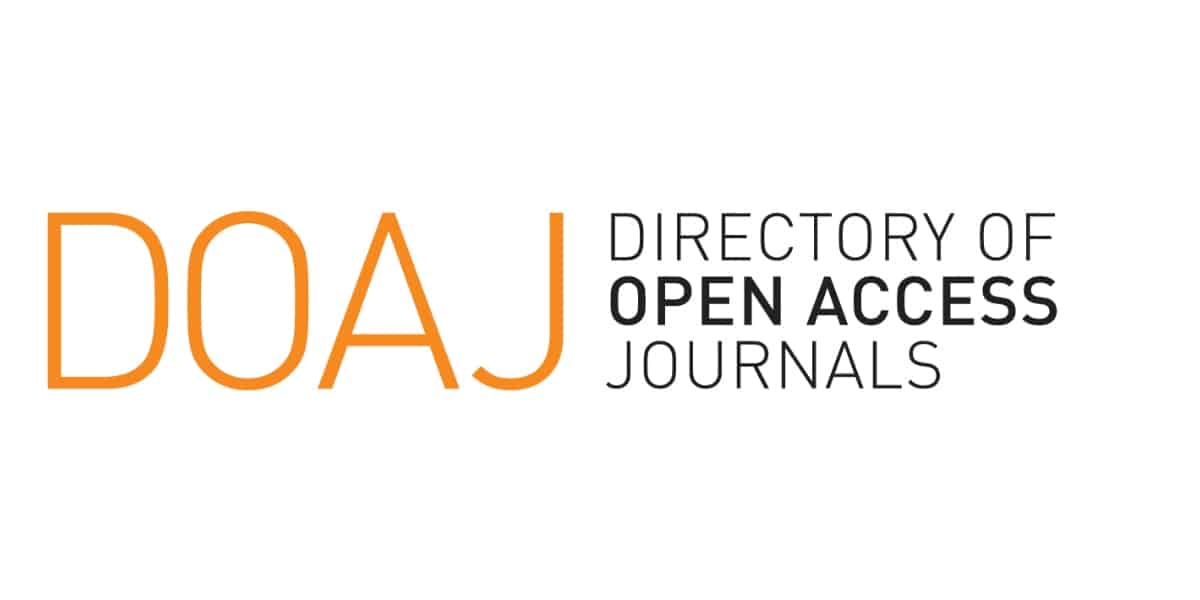Inventarisasi Emisi Gas Rumah Kaca di TPA Benowo Menggunakan Metode IPCC
Keywords:
greenhouse gas inventories, methane gas, carbon emissionsAbstract
In 2010, Indonesia ranked fourth in terms of waste generation. As a result, the waste sector is estimated to potentially contribute 296 Mt CO2 eq (10.32%) of total greenhouse gas (GHG) emissions by 2030, with a projected annual growth rate of 6.3% using the business-as-usual (BAU) projection from 2010 to 2030. Around seventy per cent of all waste is organic, making household waste one of the main sources of urban waste. This study was conducted at the Benowo Landfill in the city of Surabaya. The SNI 19-3964-1994 method was used to sample the composition and generation of waste at the landfill. Waste generation projections were made up to 2030, taking into account population growth. This study compares methane gas emissions from three scenarios: Scenario 1, direct landfilling of waste; Scenario 2, waste reduction through composting and 3R processing; and Scenario 3, waste processing at the landfill through gasification. Based on inventory calculations using the 2006 IPCC guidelines, the landfill scenario produces the highest greenhouse gas emissions (CO2 and CH4), with the highest CH4 emissions and the lowest CO2 emissions. The gasification scenario has the highest CO2 emissions and the lowest CH4 emissions due to the use of aerobic systems and combustion.
References
[1] Awalludin, A., & Wiryono. (2019). A study of mitigation and adaptation to climate change by using nuclear energy in Indonesia. Prosiding Seminar Nasional Infrastruktur Energi Nuklir. Pontianak, 10 Oktober 2019.
[2] Badan Standarisasi Nasional. (2002). Tata Cara Teknik Operasional Sampah Perkotaan SNI 19-2454-2002. Jakarta.
[3] Damanhuri, E., & Padmi, T. (2013). Municipal Solid Waste Management in Indonesia. Municipal Solid Waste Management in Asia and the Pacific Islands, 139.
[4] Data Konsolidasi Bersih. (2023). Jumlah Penduduk Kota Surabaya. Data Konsolidasi Bersih.
[5] Hendri, A., & Indriani, W. (2022). Analisis Sistem Jaringan Pipa Distribusi SPAM di Kecamatan Inuman Kabupaten Kuantan Singingi. Jurnal Teknologi Dan Rekayasa Sipil, 1(1), 10-17.
[6] IPCC. (2013). Climate Change 2013: The Physical Science Basis. Contribution of Working Group I to the Fifth Assessment Report of the Intergovernmental Panel on Climate Change. Cambridge University Press, Cambridge, United Kingdom and New York, NY, USA(pp), 1585.
[7] Kiswadayani, A. V., Susanawati, L. D., & Wirosoedarmo, R. (2016). Komposisi sampah dan potensi emisi gas rumah kaca pada pengelolaan sampah domestik: Studi Kasus TPA Winongo Kota Madiun. Jurnal Sumberdaya Alam dan Lingkungan, 2(3), 9-17.
[8] Kusuma, D. S., & Wibawani, S. (2024). Strategi Pengelolaan Sampah di Super Depo Sutorejo Kota Surabaya. NeoRespublica: Jurnal Ilmu Pemerintahan, 5(2), 929-941.
[9] Nudin, I. (2013). Kebijakan pemerintah kabupaten Tangerang tentang pengelolaan sampah di TPA Jatiwaringin Tangerang.
[10] Peraturan Presiden. (2021). Peraturan Presiden No. 98 tahun 2021 tentang Rencana Aksi Nasional Penurunan Emisi Gas Rumah Kaca. Jakarta.
[11] Prilindatami, R., & Cahyonugroho, O. H. (2023). Estimasi emisi gas rumah kaca (GRK) di TPA Benowo menggunakan model LandGem: Estimation of green house gas (GHG) emissions at Benowo landfill using the LandGem model. Jurnal Sains Teknologi & Lingkungan, 9(4), 710-722.
[12] Purwaningrum, P. (2016). Upaya mengurangi timbulan sampah plastik di lingkungan. Indonesian Journal of Urban and Environmental Technology, 141-147.
[13] Sucahyo, F. M., & Fanida, E. H. (2021). Inovasi Pengelolaan Sampah Menjadi Pembangkit Listrik Tenaga Sampah (PLTSa) Oleh Dinas Kebersihan dan Ruang Terbuka Hijau (DKRTH) Surabaya (Studi Kasus di Tempat Pembuangan Akhir (TPA) Benowo Surabaya). Publika, 39-52.
[14] Tosiani, A. (2015). Buku kegiatan serapan dan emisi karbon. Kementerian Lingkungan Hidup dan Kehutanan, Direktorat Jenderal Planologi Kehutanan dan Tata Lingkungan, Direktorat Inventarisasi dan Pemantauan Sumberdaya Hutan.
[15] Wardhani, M. K., & Harto, A. D. (2018). Studi komparasi pengurangan timbulan sampah berbasis masyarakat menggunakan prinsip bank sampah di Surabaya, Gresik dan Sidoarjo. Jurnal Pamator: Jurnal Ilmiah Universitas Trunojoyo, 11(1), 52-63.
Downloads
Published
Issue
Section
License
Copyright (c) 2024 Muhammad Ilham Muzakki, Raden Kokoh Haryo Putro (Author)

This work is licensed under a Creative Commons Attribution 4.0 International License.
















